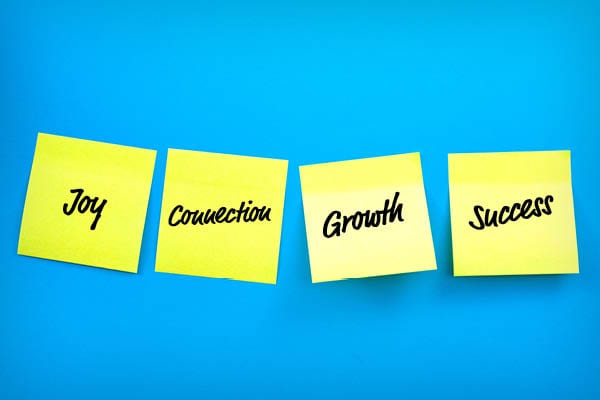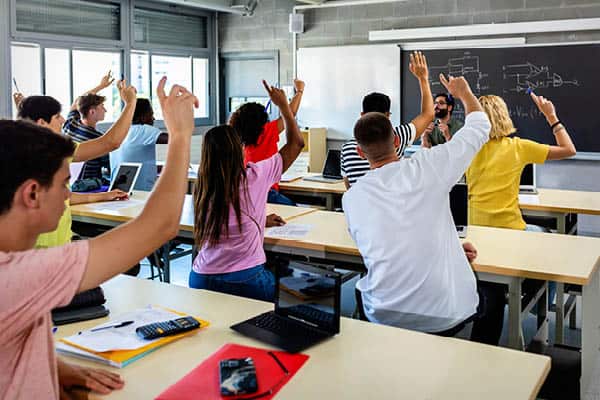Here are three ways to create authentic learning experiences that help build students’ interest in STEM fields and keep them engaged throughout the year and beyond, listed in a post by Steve Millam, physics and astrophysics teacher at Chaparral High School and appearing in eSchool News.
1) Focus on hands-on learning
“Students often learn best by doing and by being active participants in the learning process. This is why it is important to have a hands-on element in any course, unit, or lesson. There are so many different—and fun—ways to incorporate hands-on learning into science instruction.
“For example, in my astrophysics classes, I’ll start by teaching students about the history of astronomy, how telescopes work, how stars are born, and the origins of the universe. Then students have the opportunity to act as real astronomers using the Slooh program through which they can view different stars, planets, and celestial objects. The experience of controlling the telescopes and capturing the celestial pictures just like those they see in news headlines helps them make authentic connections to what they just learned. Slooh then combines their pictures, text, and questions to challenge students to further their understanding.
“The use of probeware and other data-collection technology is another way to reinforce key concepts being taught and to get students familiar with technologies they’ll experience in college labs and in STEM fields.
“Without the hands-on component, these types of lessons would not be nearly as impactful.
2) Keep learning relevant
“What resonates is tying learning experiences to current and relevant events.
“For example, it is much more exciting and engaging talking about how the GPS in cell phones operates on satellites constantly circling Earth. Or, learning about today’s international space race, rather than just reading published—and potentially outdated—journal articles. Students want to learn about what they are hearing on the news and what is impacting their current lives.
“That said, I always try to keep my lessons relevant and am ready to pivot if something unexpected happens that I can turn into a teachable moment.
“More recently, during the annular eclipse on October 14th of this school year, I invited all of my students to witness the phenomenon together. We had the event livestreaming through my computer and students were able to watch it via a high-quality Slooh presentation, or directly in-person with their eclipse safety glasses, a telescope with a solar filter, a projecting device, and shadow effects as we discussed what was happening at each stage of the eclipse.
“Making these connections show students that science—and particularly space science—truly impacts their daily lives.
3) Have fun with it
“Learning should always be fun—because when students are having fun, they are engaged. I’m always trying to find new ways to surprise and entertain my students. I believe this can occur when a strong rapport is created between a teacher and students so that crazy things don’t inadvertently create chaos.
“For Halloween, I dressed up as a renowned astronomer and we talked about the Hubble Space Telescope. Sometimes I transform into a character I created called The Amazing Millamo and perform ‘magic’ tricks, such as the famous tablecloth demonstration, to teach students about physics concepts in a unique way. I set up a table with the tablecloth and all the plates, utensils, and glasses of water and then attempt to pull the tablecloth away without everything falling (…I’m usually successful, but sometimes I’m not! Ironically, students seem to enjoy the failures even more than the successes.).
“Gamified learning is another way to increase engagement.
“For example, using Slooh, students can compete for gravity points when they reserve time on the online telescopes, capture images, and complete Quests. I often hear them comparing pictures or numbers of gravity points and teasing each other in collegial ways. This keeps them motivated and having fun, while they continue to learn and explore.
“With the push to build STEM literacy and get more students—especially girls—into STEM fields, engagement is especially needed across science disciplines. By creating hands-on, relevant, and fun learning experiences, in addition to learning environments that value and respect students, STEM teachers can greatly increase engagement and, in turn, student outcomes.”
eSchool News





